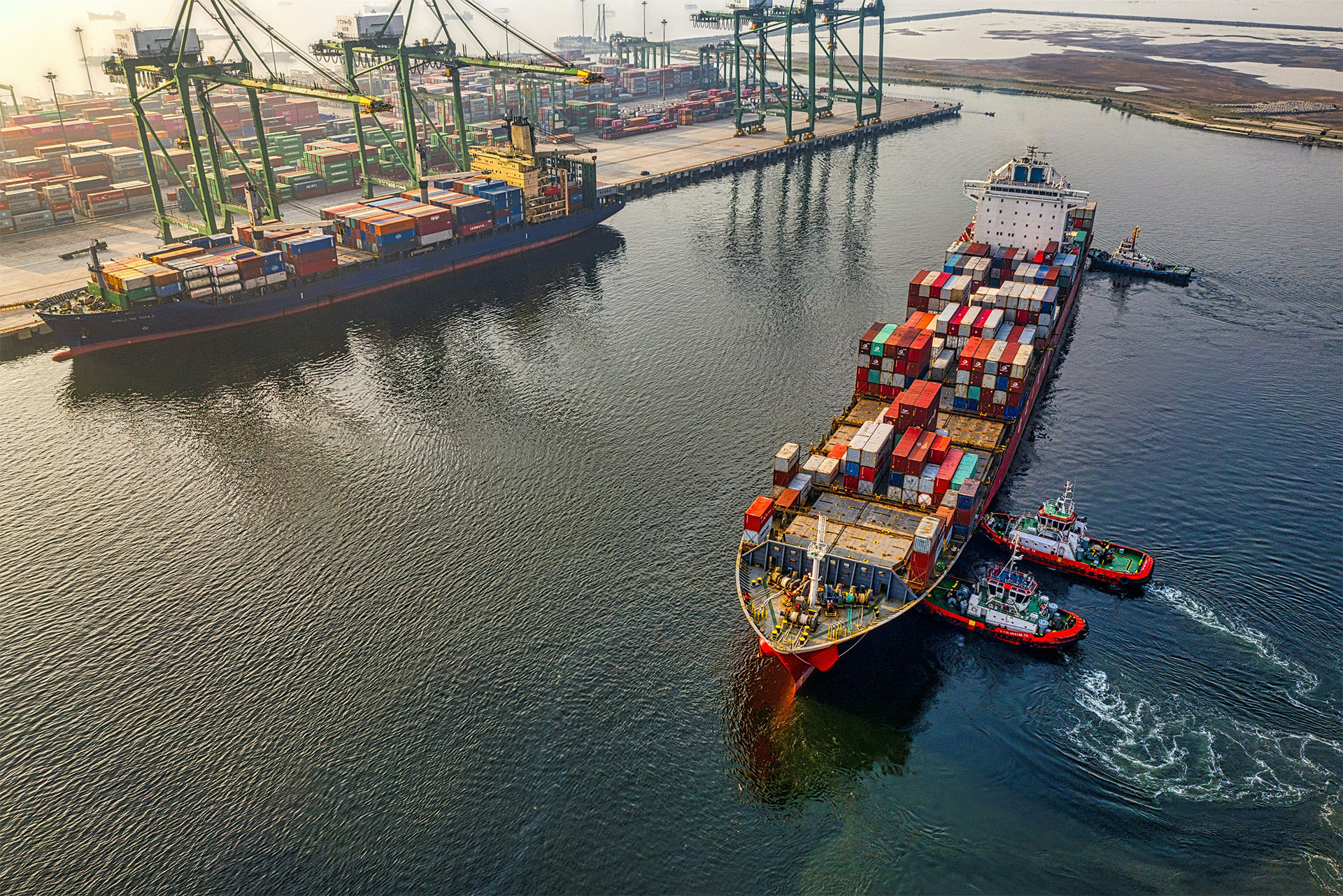As the European Union's Carbon Border Adjustment Mechanism (CBAM) goes into effect, businesses exporting to the EU need to understand how to manage the potential carbon charges that come with it. This is especially crucial for products that have been subject to carbon pricing in their country of origin.
CBAM and Carbon Charges
The CBAM is a mechanism designed to prevent 'carbon leakage', where companies transfer their operations to countries with less stringent emission controls. This is achieved by imposing a carbon cost on certain goods imported into the EU. Importers are required to purchase CBAM certificates, representing the carbon emissions embedded in their products.
Accounting for Pre-existing Carbon Costs
An important feature of the CBAM is its consideration for products that have already incurred carbon charges in their country of origin. If robust carbon pricing has been applied in the exporter's home country, this cost can be deducted from the CBAM charges. This provision helps to prevent double-charging for carbon costs, effectively acknowledging the environmental efforts already undertaken by these countries.
Evidence and Compliance
To benefit from this provision, exporters must provide sufficient evidence of the carbon charges paid in their home country. This evidence will be reviewed by the CBAM Authority, and if found satisfactory, the corresponding deduction will be applied to the CBAM charges. Therefore, maintaining proper documentation and transparency in carbon pricing practices is critical for businesses looking to manage their carbon charges under the CBAM.
Strategic Considerations
This provision offers a strategic opportunity for businesses. If a company operates in a country with a robust carbon pricing mechanism, it might find its products more competitively priced in the EU market compared to counterparts from countries with lower or no carbon pricing. This scenario further emphasizes the financial benefits of sustainable practices and the global shift towards a carbon-conscious economy.
In conclusion, while the CBAM introduces new complexities for businesses trading with the EU, it also recognizes and accommodates efforts to mitigate carbon emissions at the source. Understanding how to manage carbon charges under the CBAM is key to maintaining competitiveness and compliance while promoting a cleaner and more sustainable global trade environment.



